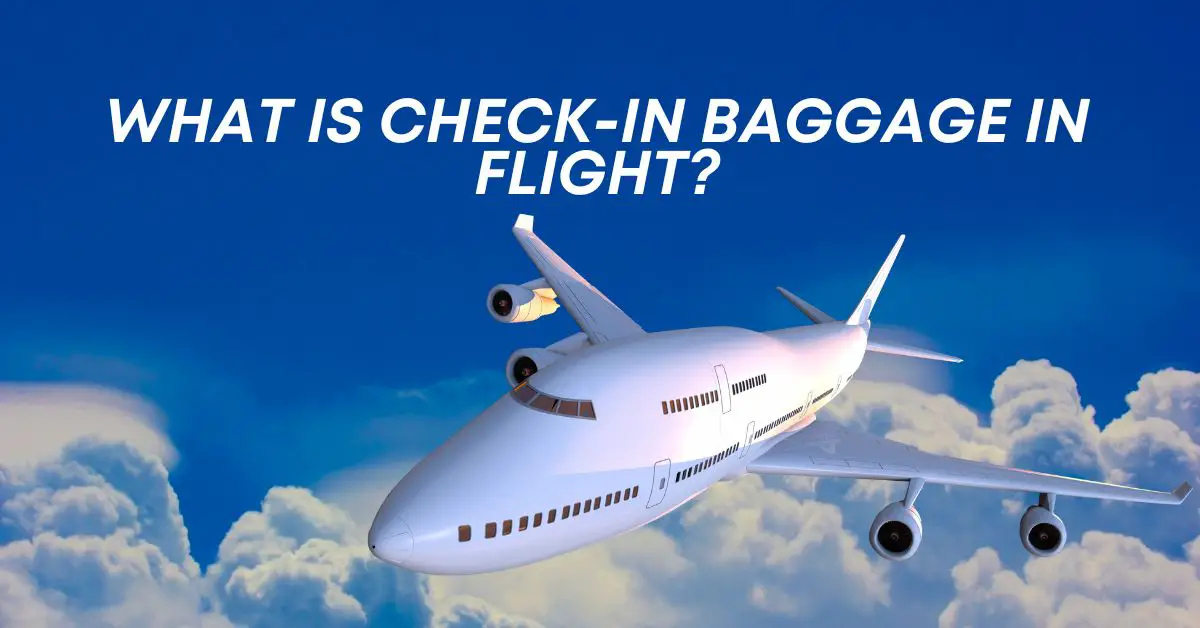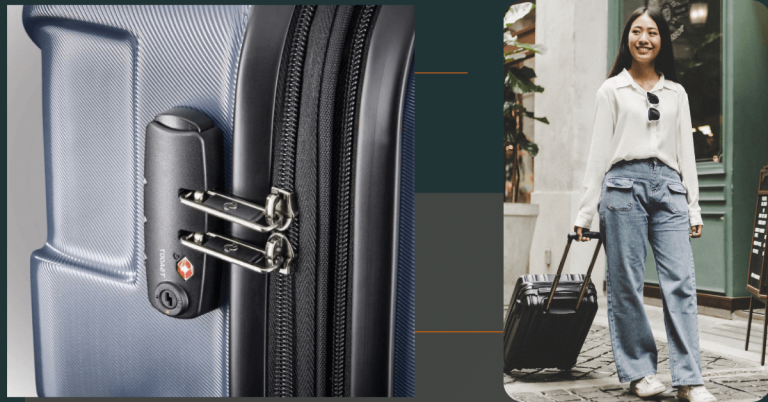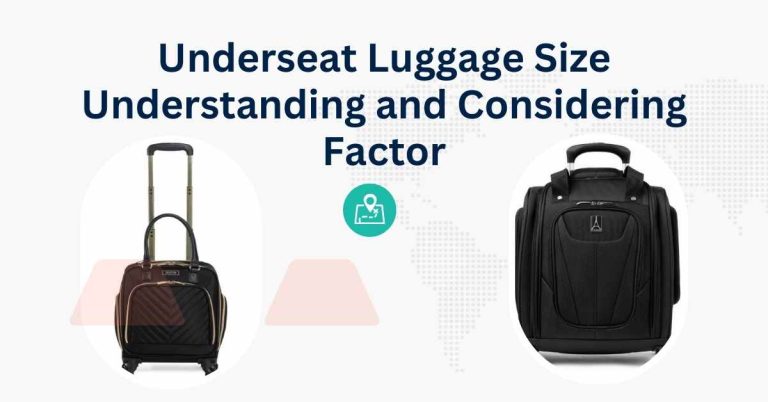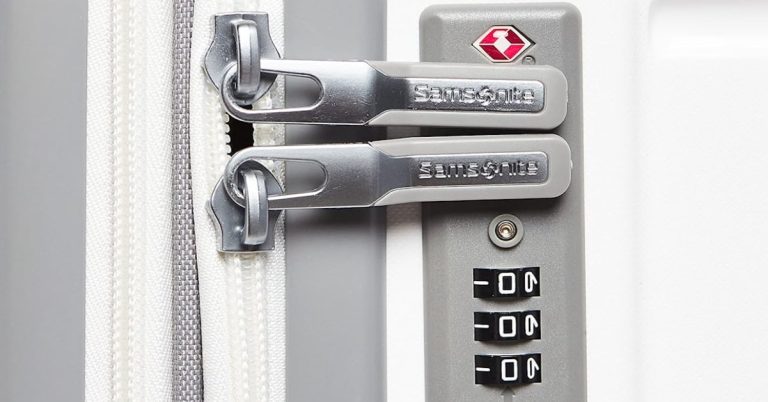What is Check-in Baggage in Flight?
Check-in baggage refers to the luggage that passengers hand over to the airline during the check-in process at the airport. However, you are unlike carry-on baggage that travellers keep with them in the cabin. The check-in baggage is transported in the aircraft’s cargo hold. This type of baggage includes typically larger and heavier items that exceed the size and weight limits for carry-on luggage. The airline takes responsibility for the check-in baggage from the point of check-in until the passenger collects it at their destination. What is check-in baggage in flight? Understanding the rules and regulations surrounding check-in baggage is crucial for a smooth and hassle-free travel experience, as these policies can vary significantly between airlines and affect factors such as weight allowances, fees, and permissible items.
Types of luggage bags in flight
The airlines allow several luggage bangs on flights; you should check them out.
Carry-On Bags
Description: Small bags are allowed because they are easy to carry into the cabin.
Specifications: The luggage bags must meet size and weight limits set by the airline, typically fitting in the overhead bin or under the seat.
Checked Baggage:
Description: If you have larger bags handed over to the airline during check-in and transported in the cargo hold.
Specifications: Usually subject to size and weight restrictions; may incur additional fees if limits are exceeded.
Personal Items
Description: The airlines like to allow small items such as purses, laptops, or briefcases that passengers can bring in addition to carry-on bags.
Specifications: Must fit under the seat in front of the passenger; size limits vary by airline.
Duffel Bags:
Description: Soft-sided bags are often used for casual travel or sports equipment.
Specifications: Depending on size and airline policies, you can use it as carry-on or checked baggage.
Suitcases:
Description: Hard or soft-sided luggage typically has wheels and a retractable handle.
Specifications: These are available in various sizes; larger ones are usually checked, while smaller ones can be carried out.
Garment Bags:
Description: Special bags designed to carry formal wear such as suits and dresses without wrinkling.
Specifications: These can be checked or carried out; some airlines provide special provisions.
Backpack:
Description: Versatile bags carried on the back and suitable for personal and travel use.
Specifications: Often used as carry-on or personal items; size should comply with airline carry-on restrictions.
Specialty Bags:
Description: It also depends on bags designed for specific items, such as sports equipment (golf clubs, skis), musical instruments, or medical devices.
Specifications: Subject to special handling and size/weight regulations, may require advance notice to the airline.
What is check-in baggage in flight?
When you fly for checked baggage rules, several essential characteristics should checked in baggage.
Size and Weight Limits:
Every airline has its specific size and weight limits for check-in baggage, which vary depending on the airline and class of service. Exceeding these limits typically incurs additional fees.
Security Screening:
Check-in baggage undergoes thorough security screening to ensure safety. Items prohibited in carry-on luggage due to security risks are often allowed in check-in baggage, subject to airline and country regulations.
Handling and Transportation:
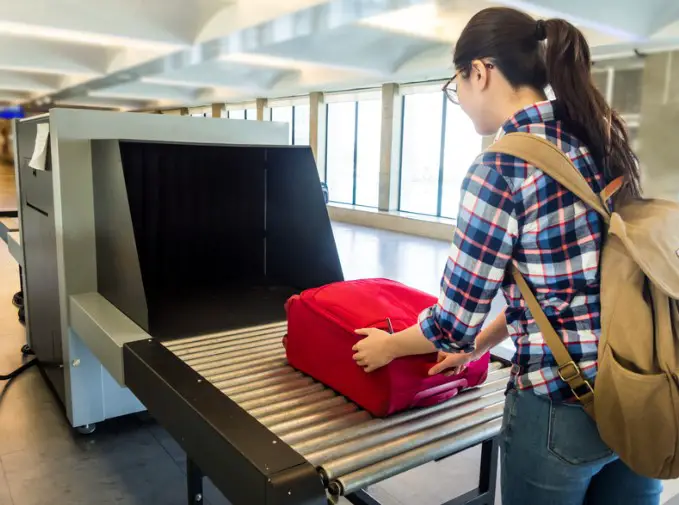
Once checked in, the airline takes responsibility for the baggage, ensuring it is transported to the destination. Passengers can typically track their check-in baggage using tags provided during check-in.
Collection at Destination:
Upon arrival, passengers retrieve their check-in baggage from the designated baggage claim area. Delays or mishandling can occasionally occur, but airlines generally provide support to resolve such issues.
What is checked baggage allowance? Importance and Considerations
It would help if you considered several things while you are going to fly with your checked luggage.
Preparation and Packing: Proper packing according to airline guidelines helps avoid extra charges and ensures compliance with security regulations.
Valuables and Essentials: It’s advisable to keep valuables, important documents, and essential items in carry-on baggage, as check-in baggage may delayed or lost.
Travel Insurance: You should purchase travel insurance that covers lost or delayed baggage and can provide peace of mind and financial protection.
Understanding what check-in baggage in flight is helps to ensure a smoother travel experience and minimizes the risk of complications related to luggage handling.
Prohibited items in checked baggage
There are several prohibited items in checked baggage, and you should remember them while flying.
Explosives and Flammable Items:
- Fireworks, flares, and gunpowder
- Gasoline, lighter fluid, and other flammable liquids
Pressurized Containers:
- Propane tanks and butane canisters
- Compressed gas cylinders (unless expressly permitted)
Weapons and Ammunition:
- Firearms (without proper declaration and packaging)
- Explosive or incendiary ammunition
Hazardous Materials:
- Corrosive substances like acids and alkalis
- Toxic substances and poisons
Lithium Batteries:
- Loose or uninstalled lithium batteries
- Large lithium batteries exceeding airline limits
Other Dangerous Items:
- Bleach, cleaning solvents, and peroxides
- Self-defense items like pepper spray
Medical and Safety Restrictions:
- Oxygen tanks (unless airline-approved)
- Mercury-containing thermometers
Always check with your airline for specific regulations and exceptions before packing.
Conclusion on Check-In Baggage in Flight
What is check-in baggage in flight? Check-in baggage plays a vital role in facilitating air travel, allowing passengers to transport items that exceed the limitations of carry-on luggage. Adhering to airline-specific regulations regarding size, weight, and permissible contents is essential to avoid inconveniences such as additional fees or delays. Ensuring that prohibited items are not included in check-in baggage is critical for maintaining security standards and compliance with international aviation regulations.

